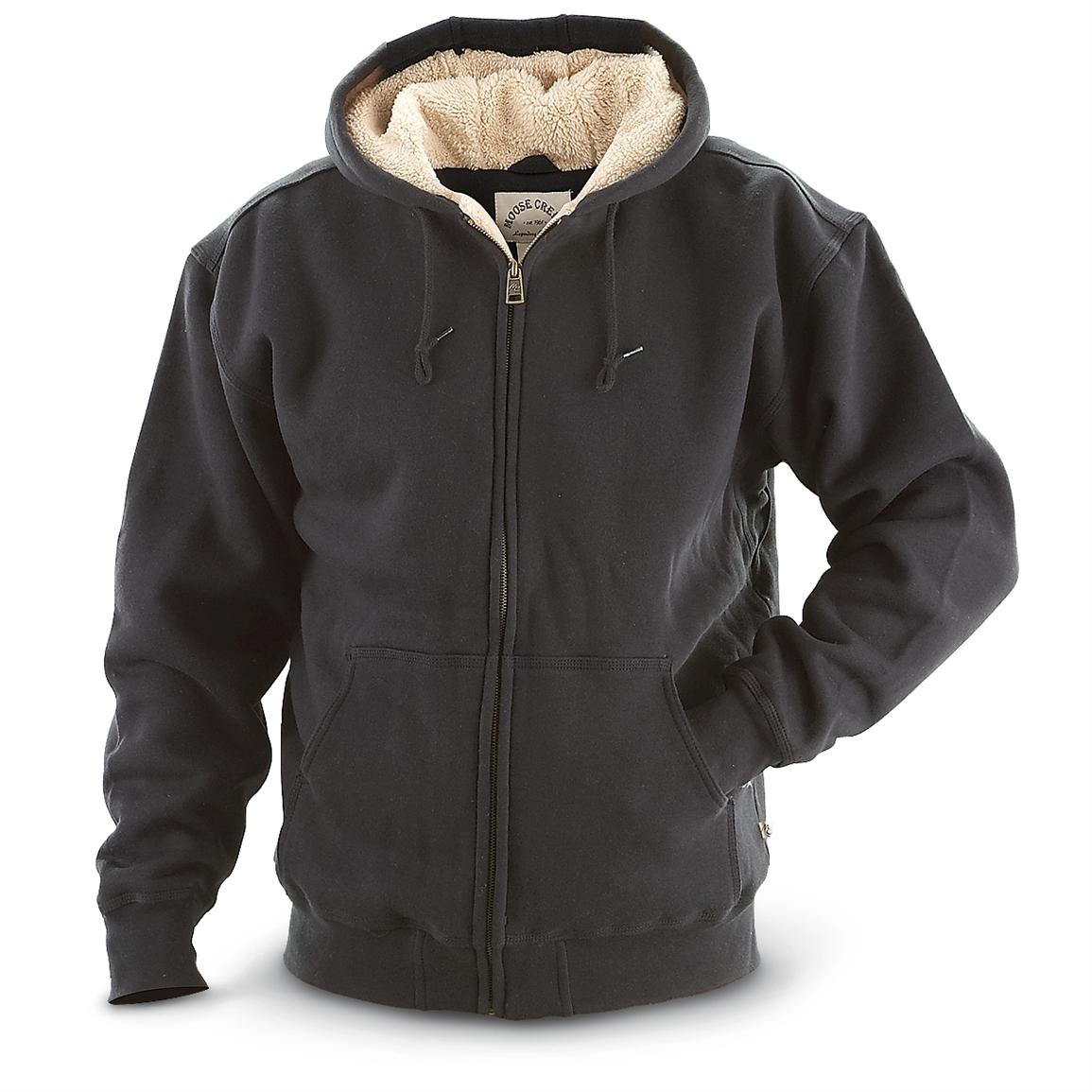Sweatshirts are long-sleeved, pullover shirts that are typically constructed from thick cotton fabric. They are usually worn as casual clothing, and are not as dressy as sweaters or cardigans. They might not come with an Hood. If you're thinking of buying a sweatshirt, here are a few tips:
The Norma Kamali brand spread the appeal of sweatshirts
Since the late 1970s in the late '70s, Norma Kamali has transformed the basic sweatshirt into an art. Her designs are now the staple of almost every woman's wardrobe. Her distinct designs range from a tummy-tucking crew neck , to leather paneled sweatshirts. She also has created clothes with unusual forms, such as tanks with an oversized trumpet skirt.
A partnership with the brand and the manufacturer of sweatshirts Everlast gave rise to her Timeless line, which was hugely popular when it debuted in Spiegel's spring 2006 catalog. The collection offered interchangeable and convertible knits in classic shapes, and many pieces were priced at less than $20. Even the Norma Kamali's Timeless collection wasn't available in stores, buyers were able to find the designs on eBay and Poshmark.
Merino wool sweatshirts are more comfortable than soft sweatshirts.
Merino wool is renowned for its moisture-wicking properties that help keep you comfortable and dry. It is a natural fibre that also has a smoother feel. It is also quick to dry when compared with other natural material. Additionally, merino is a sustainable resource. The merino sheep shed coats every year and regrow new ones.

Merino's weight-to-heat ratio is high, and the warmth of wool is what makes it a popular choice for sweatshirts. It helps to regulate body temperature due to its natural loft, which retains heat between the fibers. This is why Merino wool sweaters are ideal for summer as well as outdoor activities such as mountain biking and running. The warmth it provides keeps the wearer comfortable and dry. This is essential when working out.
sweat shirt -front hoodies come with kangaroo pockets.
Kangaroo pocket Hoodies are a very popular type of hoodie. They feature a big pocket on the front, that will keep your hands warm on chilly days. They're additionally more practical than conventional pockets as they allow your hands to slide into and out easily.
The pockets of Kangaroos are typically big enough to fit the wallet, or other smaller personal items. They're usually large enough to accommodate a small hand and are large enough to accommodate two hands. They are wide on both sides and can be used to carry small objects.
French terry fabric is a well-loved fabric for sweatshirts
The French Terry fabric is constructed of soft yarns that are knit into loops and is usually medium-weight. It is also known because of its capacity to absorb moisture and is already pre-shrunk. French terry is a great choice for sweatshirt s since it will keep you warm when you're in need and also keeps your cool when you want to cool down.
French Terry is also popular for loungewear, since it is stretchy enough and has enough flexibility to feel good when you touch your body. It also allows air to circulate throughout the fabric, making it ideal for layering under other clothes. In addition, because it is lighter than other sweatshirt s that you can wear all year round without feeling hot or cold.
Hoodies can be classist.
Although it might appear that hoodies are just an appropriate attire item for working class people but the truth is that they have a classist connotation. Hoodies were first popularized in the early 1970s , in New York, where graffiti artists would wear them to conceal their identities. In 1976 Hoodies made their main movie debut in "Rocky," when the working-class main character was seen wearing hooded gray sweats on his memorable climb up the Philadelphia Museum of Art.
Hoodies are usually associated with destruction, death and other unpleasant items, yet they can also be used for practical reasons. For instance, priests and monks can wear hoods to demonstrate respect and a sense of self-control.
